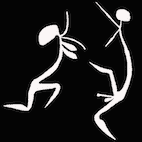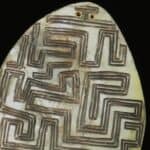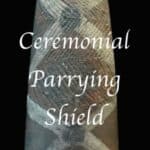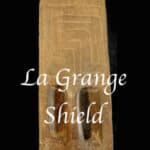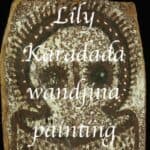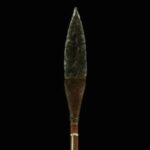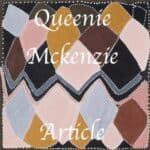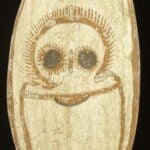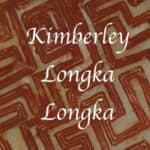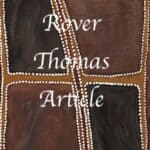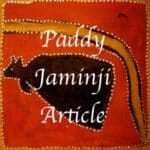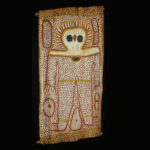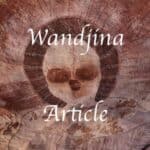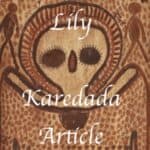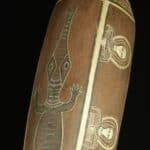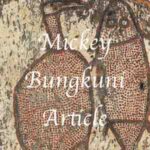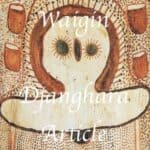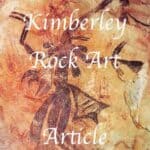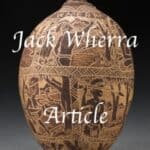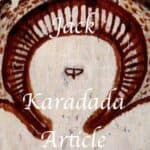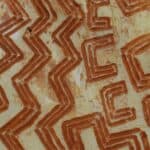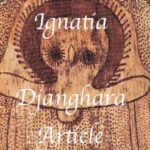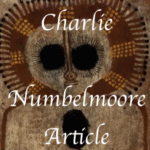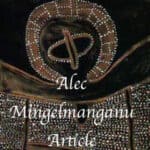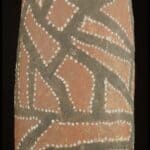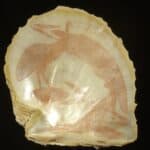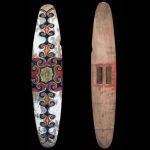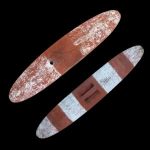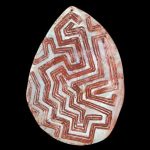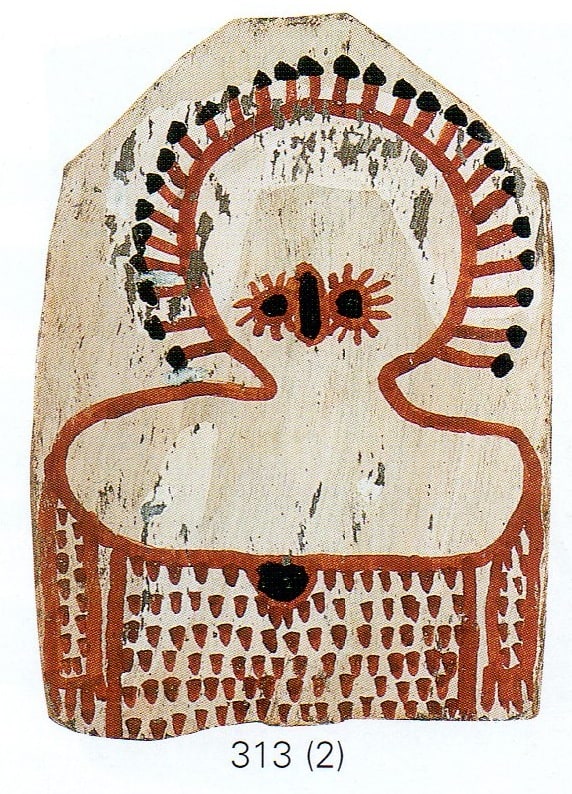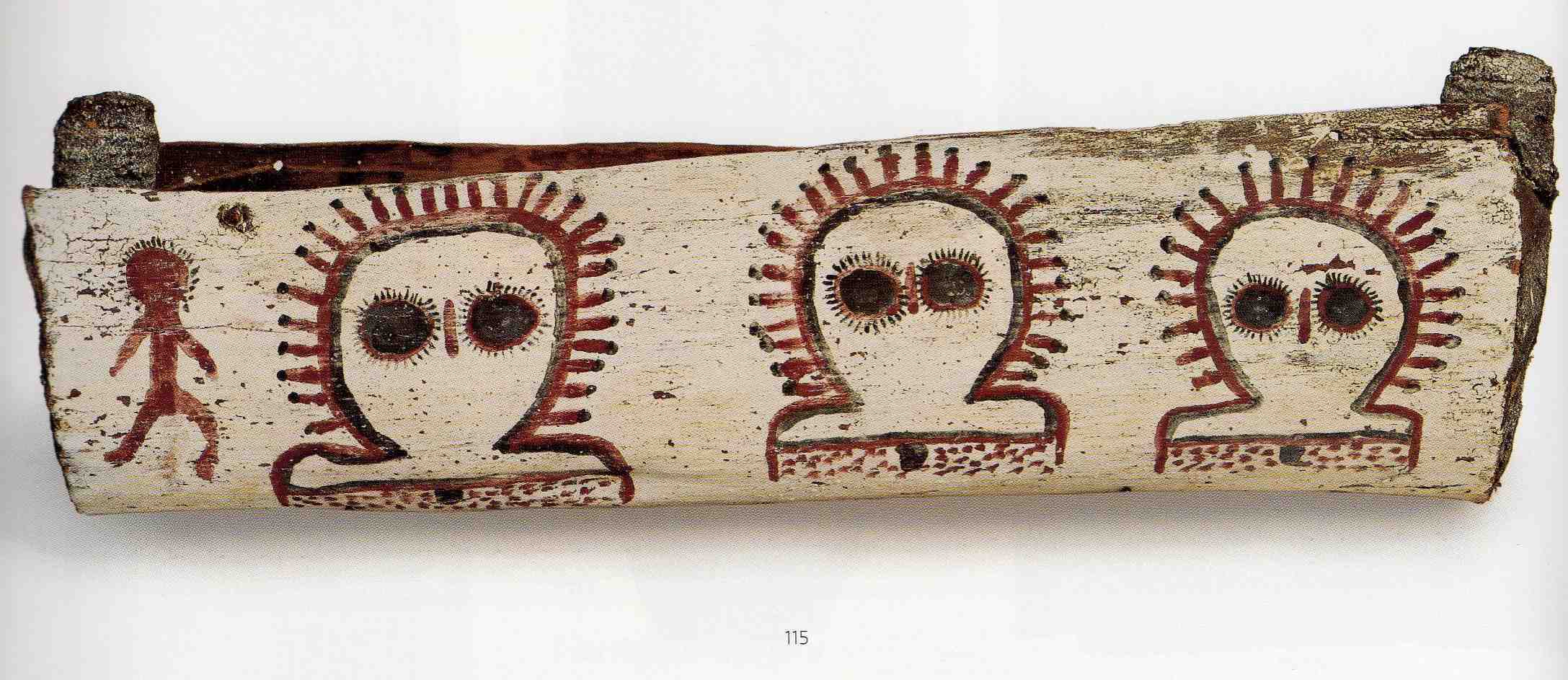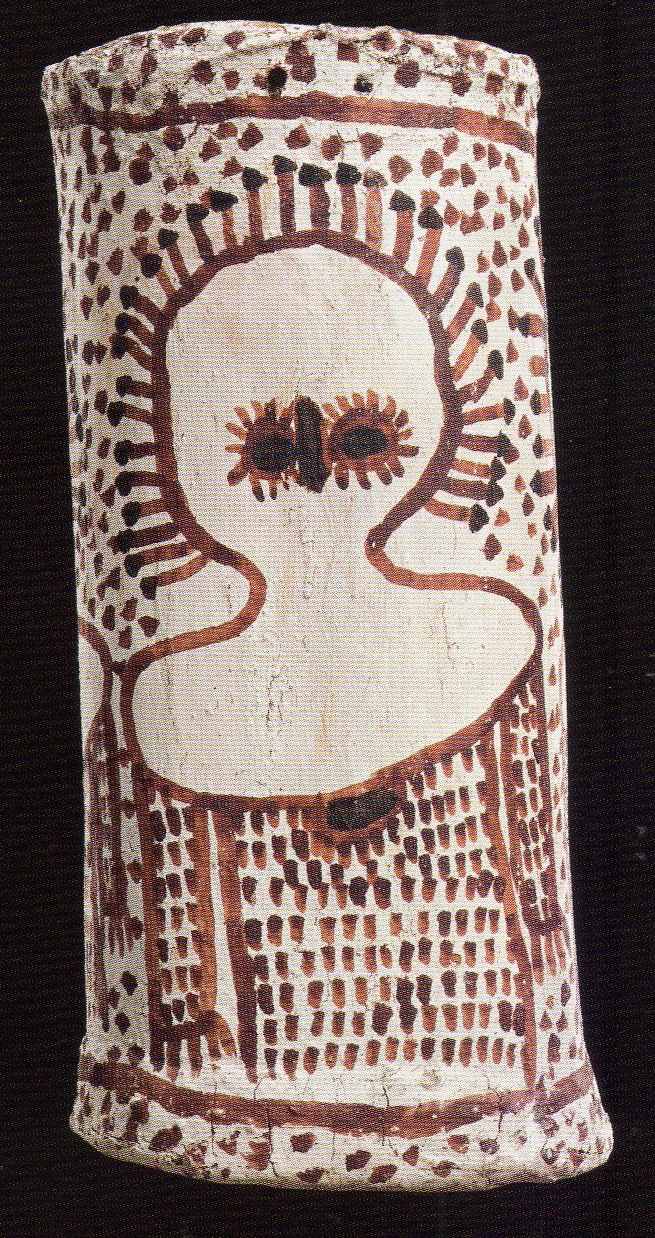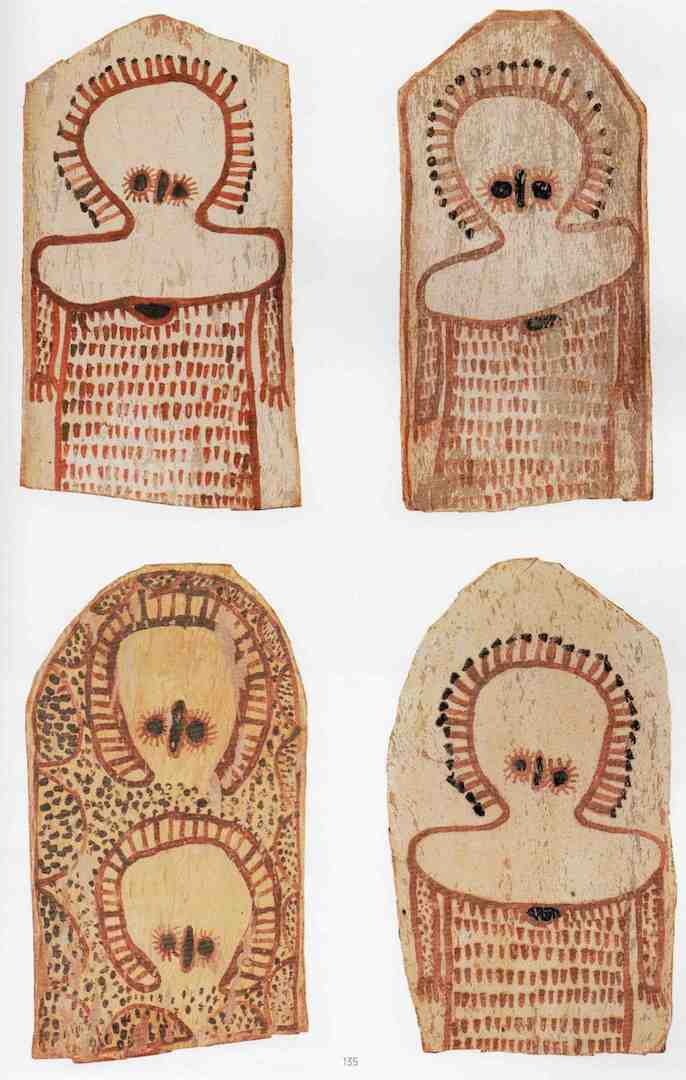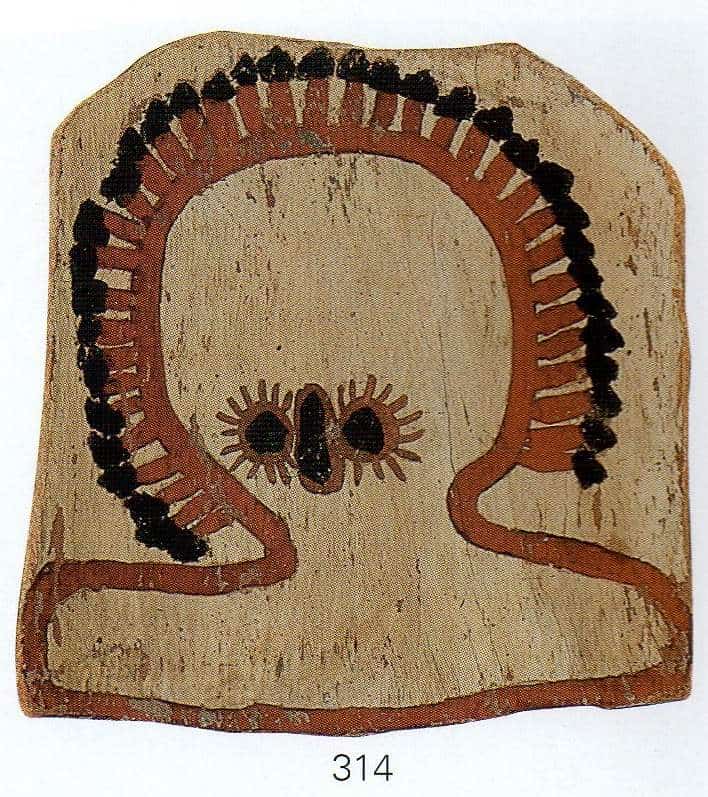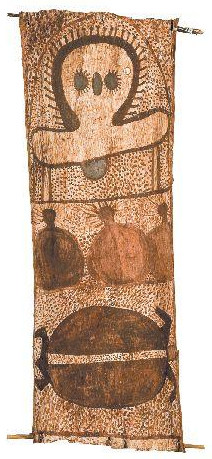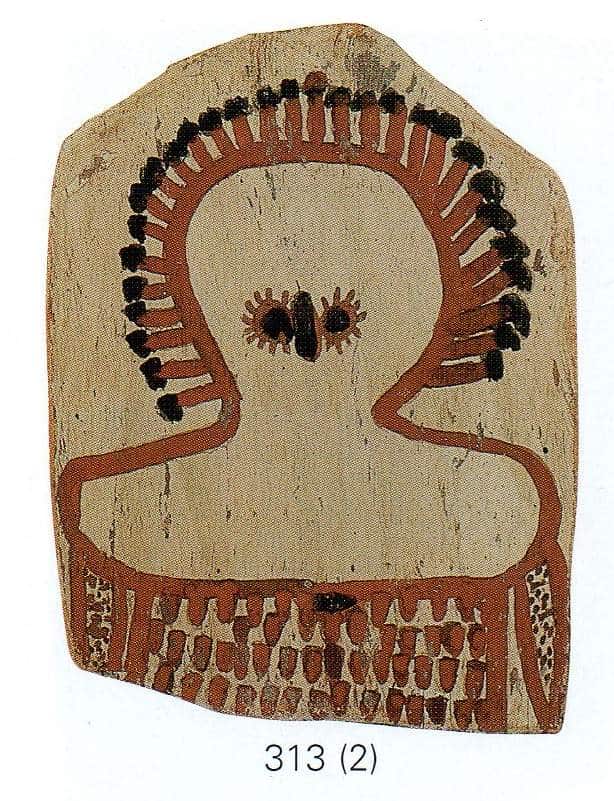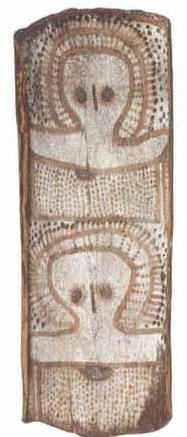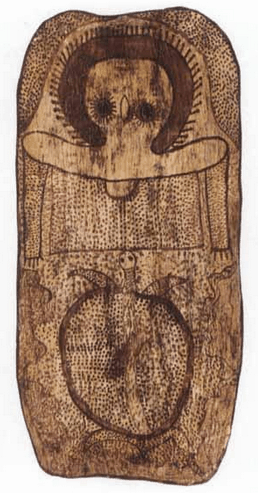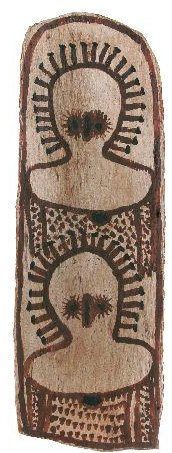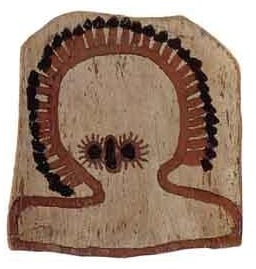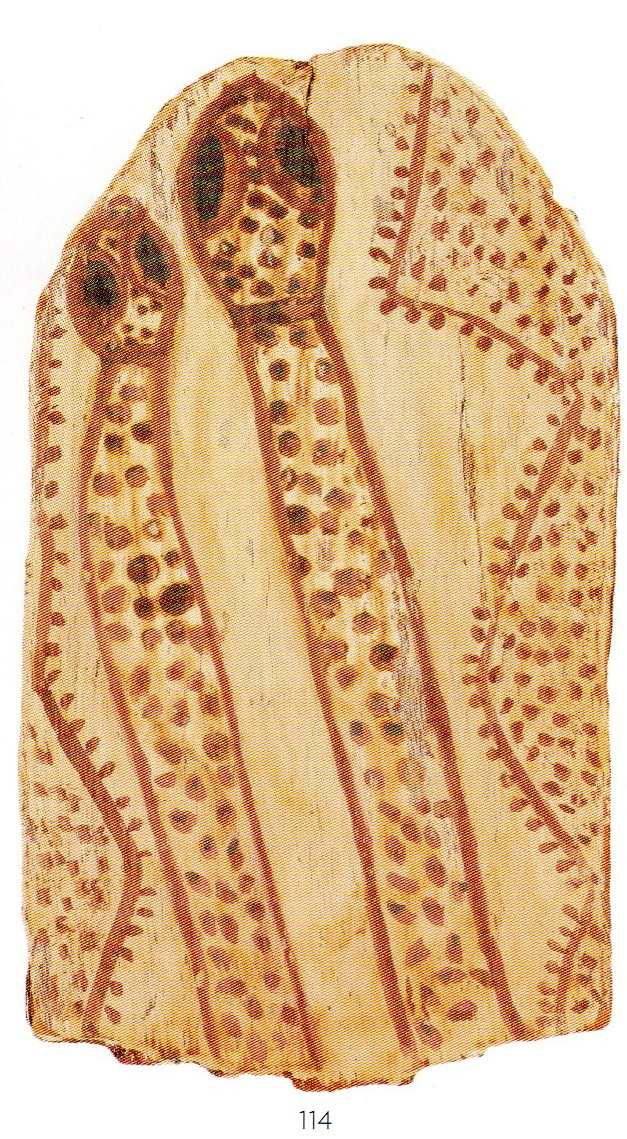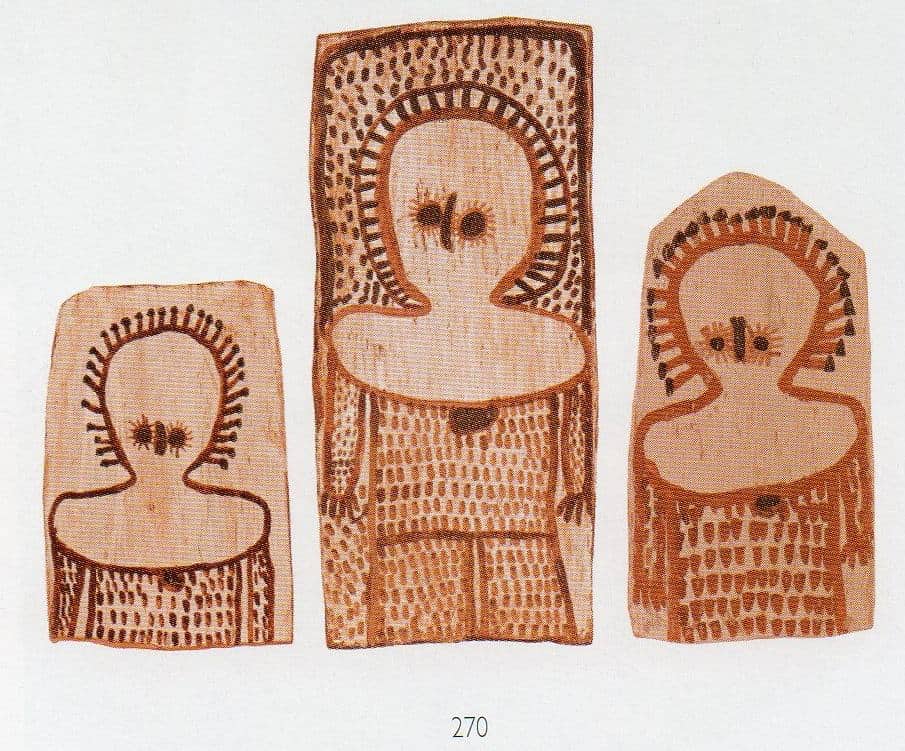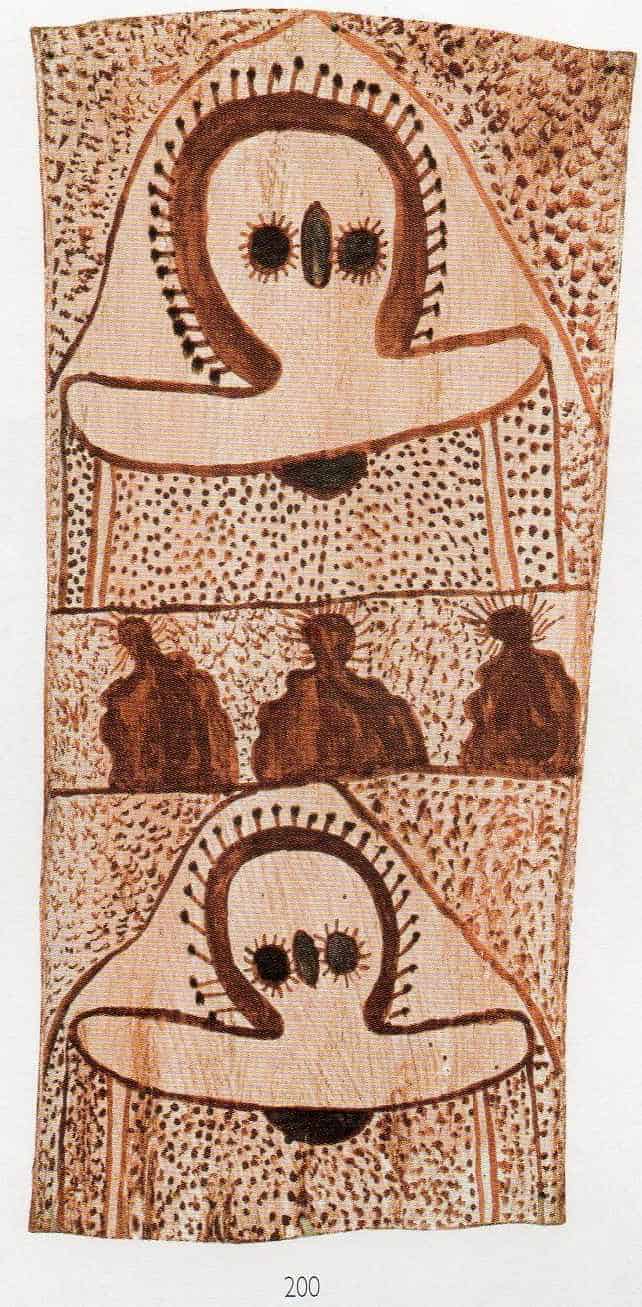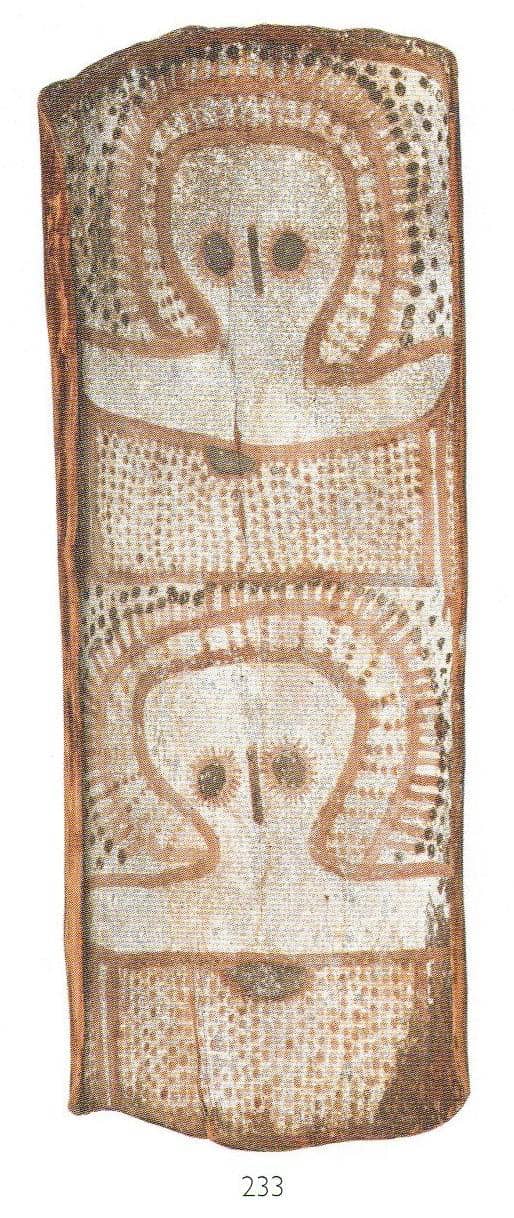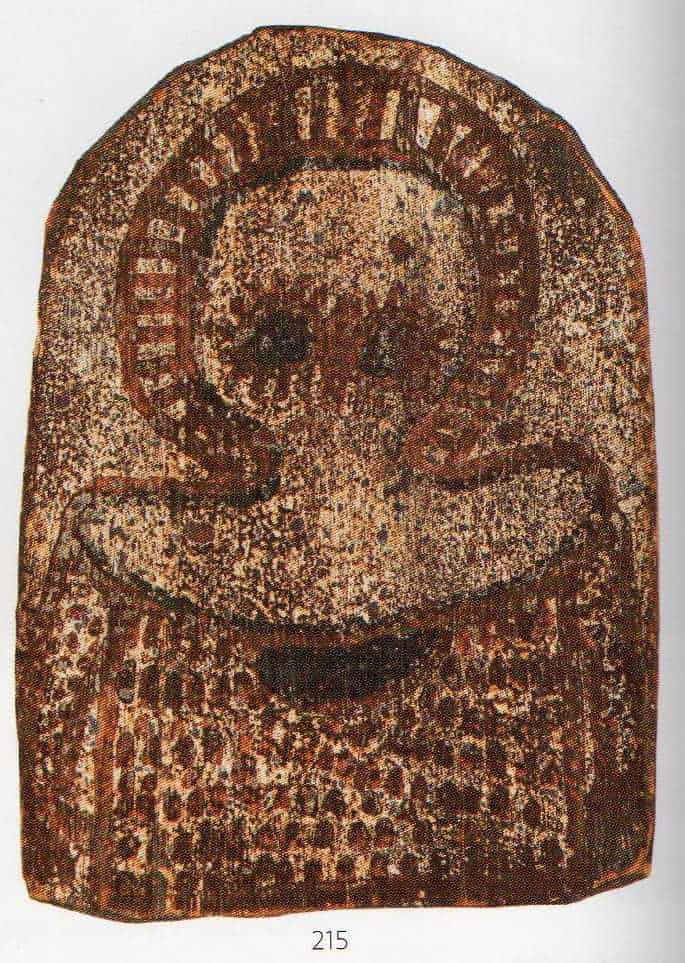Ignatia Djanghara – Wandjina Bark Paintings from Kalumburu
Ignatia Djanghara (also spelled Ignatia Jangarra) is a revered Aboriginal artist from the Woonambal people of the northern Kimberley. She is best known for her powerful Wandjina paintings on bark and coolamon, created during the 1980s in the remote community of Kalumburu. Her works are deeply tied to spiritual responsibility and ancestral duty, and today they are among the most iconic examples of Kimberley bark painting.
If you believe you have a Wandjina bark painting by Ignatia Djanghara, this article will assist in identification, provide insights into her unique style, and offer historical and cultural context to better understand her artistic significance.
If you have an Ignatia Djanghara bark painting to sell please contact me. If you want to know what your Ignatia Djanghara painting is worth to me please feel free to send me a Jpeg. I would love to see it.
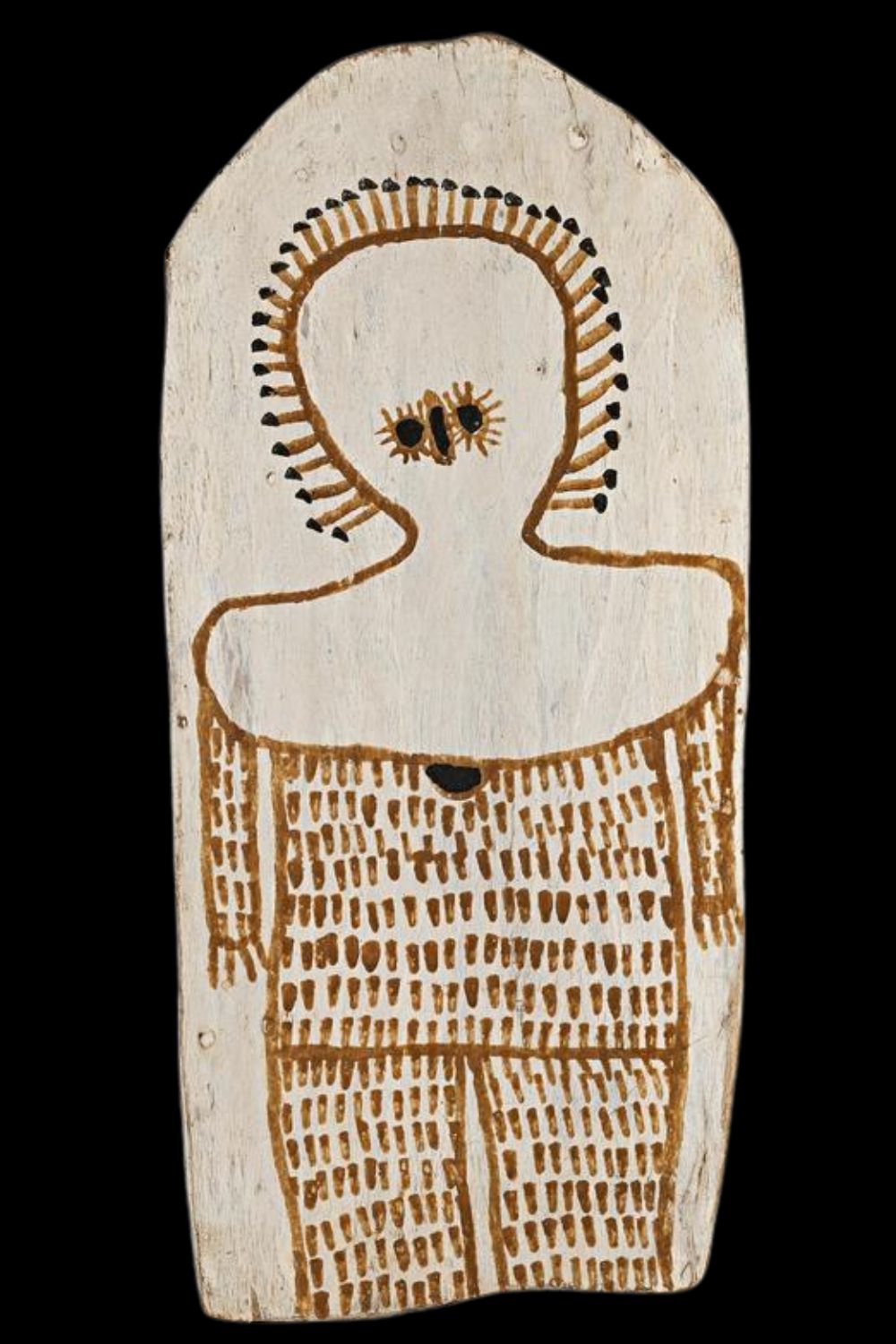
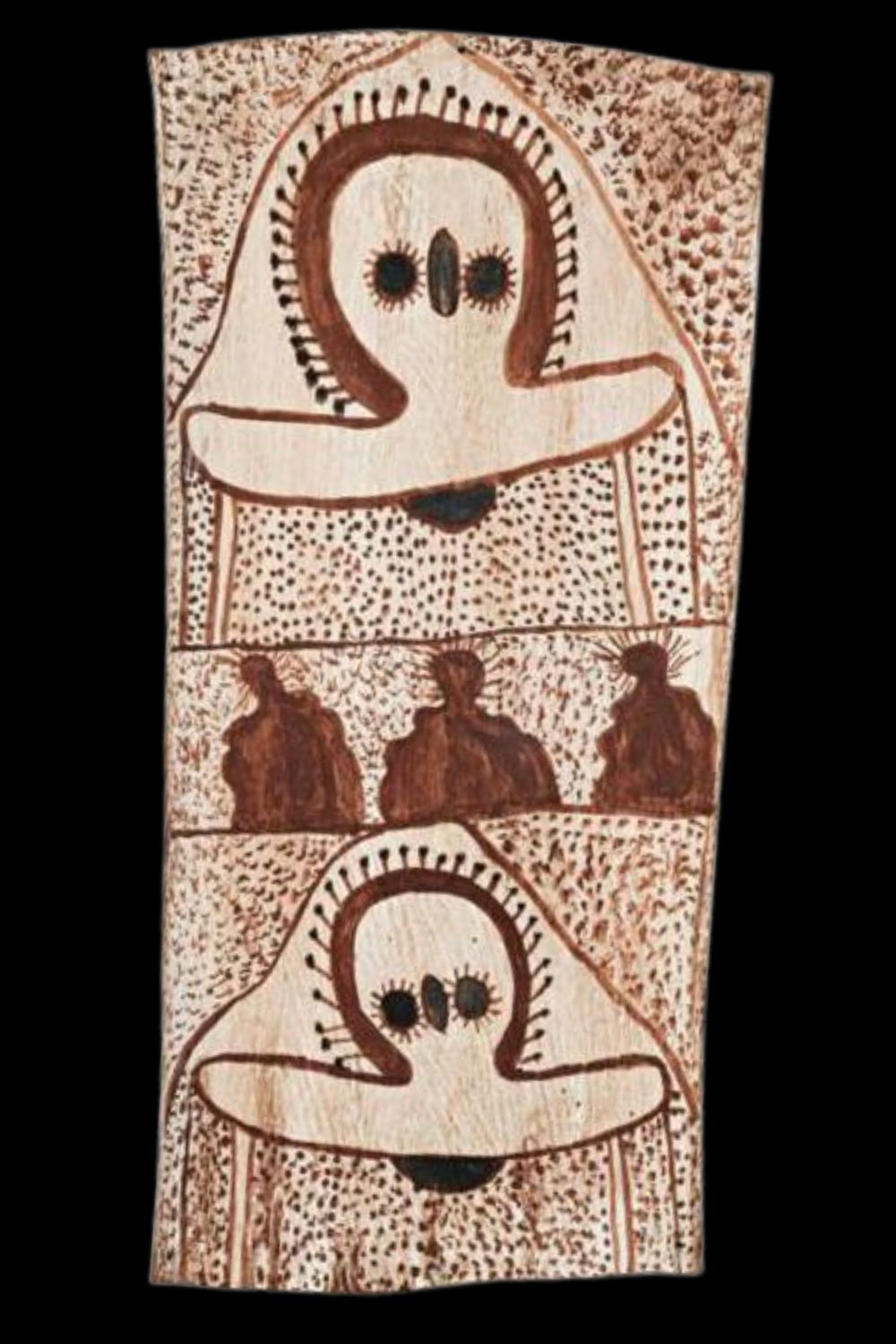
Ignatia Djanghara’s Artistic Style
Ignatia Djanghara’s Wandjina paintings are among the most finely executed in the Kimberley tradition. Her works are typically icon-like, with a distinctive form: rounded sides, wider at the base and narrower at the top, resembling devotional figures.
Her signature stylistic elements include:
- Eyes: Large, black, round eyes with thick, short lashes. Smaller and more finely rendered than those by Charlie Numbulmoore.
- Face: Always white ochre, serene and featureless—never with a mouth. This omission is culturally significant, based on the belief that painting a mouth would bring perpetual rain.
- Torso: Below the armpits, her Wandjina figures are filled with dotting patterns, symbolising rain and spiritual energy.
- Chest Marking: A central black, red, or outlined oval—believed to represent the spirit’s essence.
- Headdress: Circular or halo-like forms around the head represent clouds, hair, and lightning.
- Totemic Imagery: Occasionally includes snakes, turtles, or stick-like figures referencing Gwion Gwion(Bradshaw) spirits—an older stratum of Kimberley rock art.
- Accessories: Many figures carry bark buckets, a ceremonial object unique to the Kimberley.
- Form: Most works depict the upper body or head and shoulders only. Full-body Wandjina are less common and considered more desirable by collectors.
Ignatia’s hand is often indistinguishable from that of her husband Waigan. However, her work is generally more refinedand delicate than other female contemporaries such as Lily Karadada.
Materials and Technique
Like other Kimberley artists of the era, Djanghara used locally sourced natural ochres, gathering pigments from creek beds and using charcoal for black. Unlike Arnhem Land bark painters, the barks from Kalumburu were not sealed or chemically treated, lending a raw, textural surface. Paint was applied with sticks, brushes, or fingers, and not fixed, making the works vulnerable but deeply authentic.
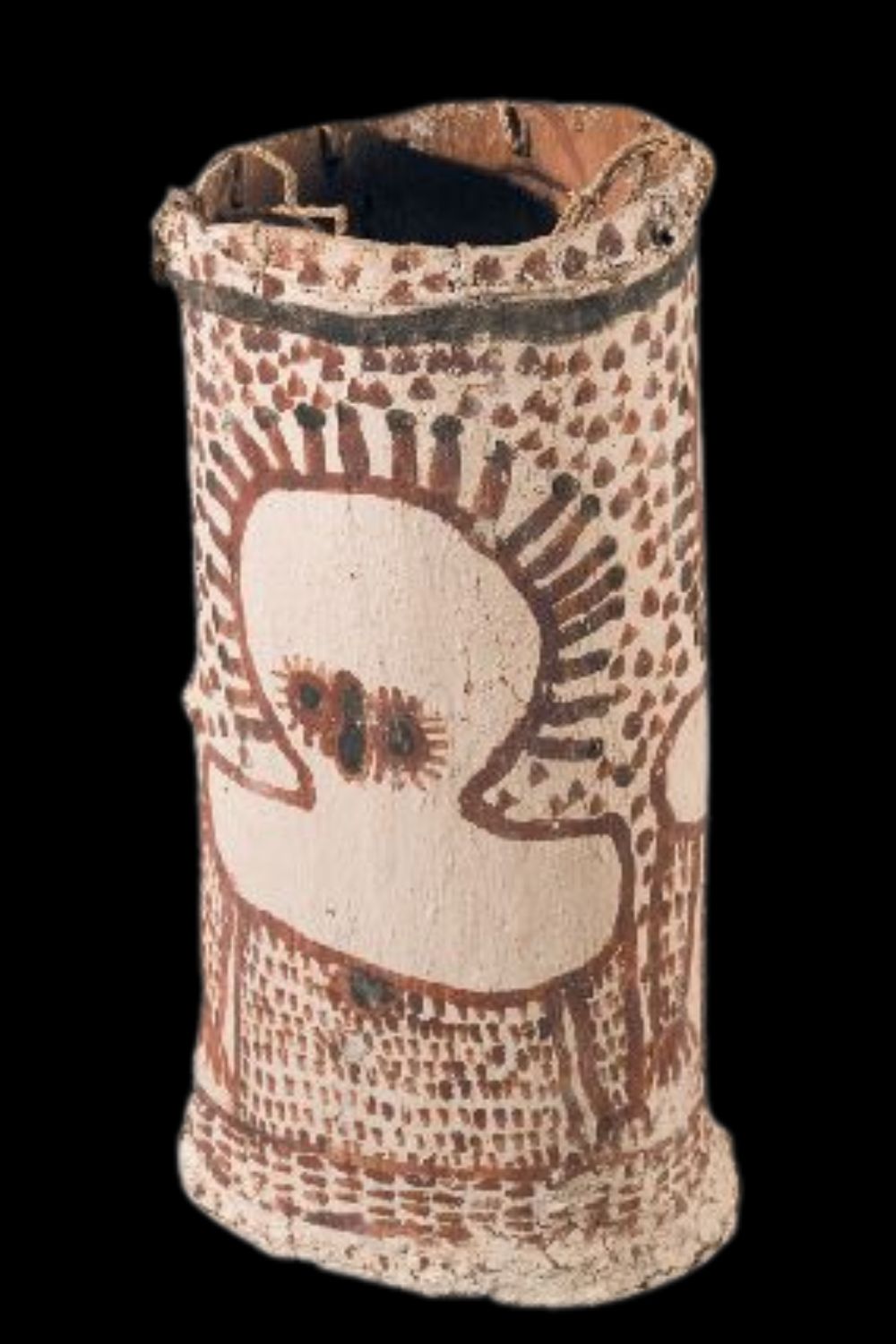
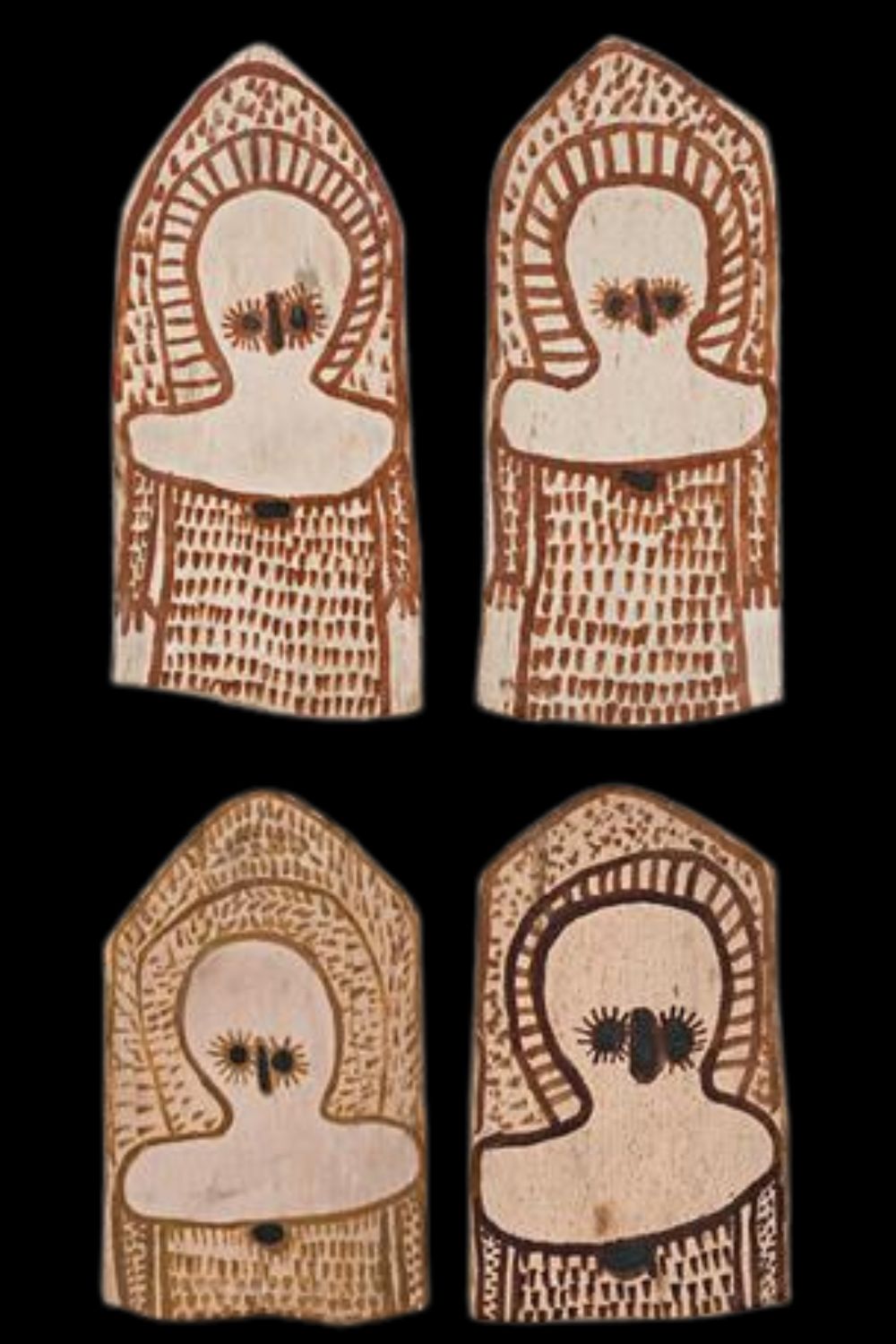
Biography of Ignatia Djanghara
Born around 1930, Ignatia Djanghara lived most of her adult life at Kalumburu, near the Benedictine mission established in 1907. As with nearby Mowanjum (site of a former Presbyterian mission), traditional practices were actively discouraged by mission authorities, who taught that Aboriginal spiritual beliefs were incompatible with Christianity. In this cultural climate, Ignatia’s later work as a Wandjina painter was an act of spiritual defiance and cultural continuity.
She began painting in earnest during the mid-1980s, already in her mid-fifties, and in close collaboration with her husband Waigan Jangarra, a senior law man responsible for maintaining Wandjina figures on sacred cave walls. Together, they were part of a small but critical group of artists—including Lily and Jack Karedada and Rosie and Louis Karedada—who began working with ochre and resin on bark, boards, coolamon, and traditional palm spathe containers.
These works emerged in part due to the founding of Warringarri Aboriginal Arts in 1985, under the direction of Joel Smoker, who visited Kalumburu regularly. With support for materials and cultural revival, a wave of collaborative artmaking between husbands and wives took root—producing carvings, decorated boab nuts, ceremonial tools, and paintings in ochre.
If you have biographical information, historical records, or personal stories related to Ignatia Djanghara, I would welcome your input. My goal is to build a comprehensive and respectful record of her life and legacy for future generations and researchers.
All images in this article are for educational purposes only.
This site may contain copyrighted material the use of which was not specified by the copyright owner.
Recommended Reading.
Kimberley Artists and Artworks
Ignatia Djanghara Bark painting images
The following images are not a complete list of works by Ignatia Djanghara. They do however give a good feel for the very distinctive style of this artist.
